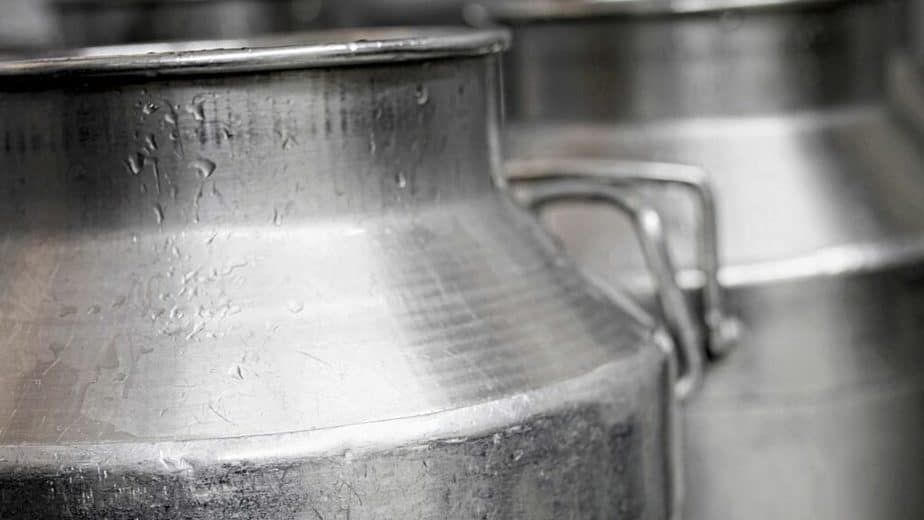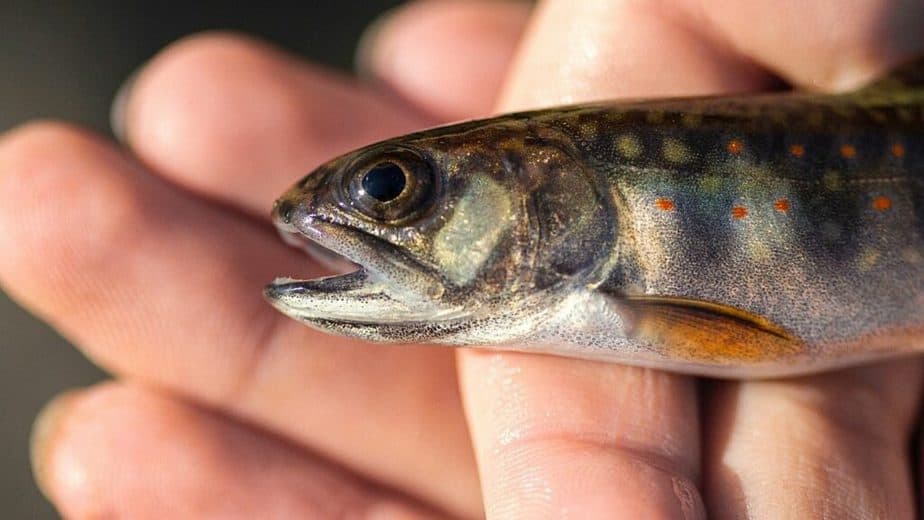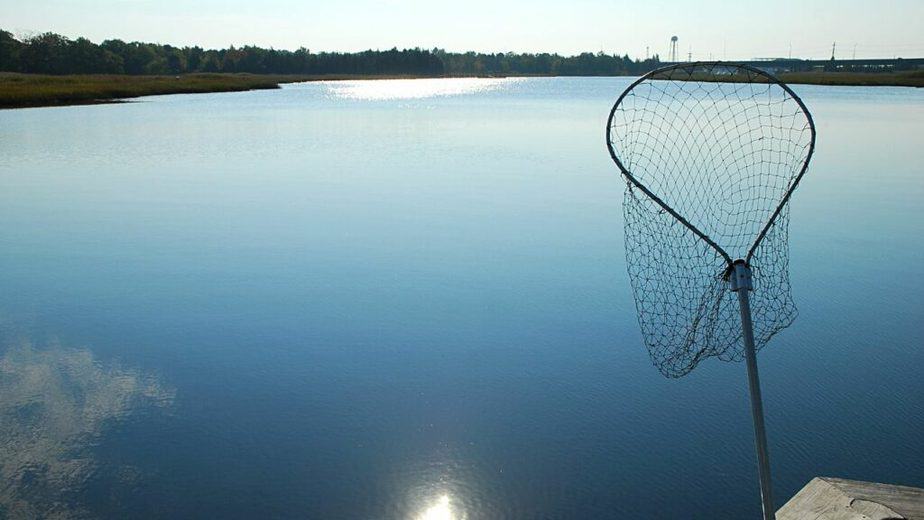When fish are dropped from the belly of a plane into high mountain lakes, they are mixed with the water they are transported in.
Because the fish are small and light and have the waves of water to ride to the lake, like mini sky surfers, it is estimated that at least 95 percent survive the high altitude freefall. That is impressive!
Although there are records of fish falling from the sky, it has generally been the occurrence of an odd weather phenomenon.
However, doing it on purpose seems a bit strange until you understand why it is done, besides the fact it works.
Table of Contents
What is The Aerial Fish Stocking Survival Rate?
The aerial fish stocking survival rate is 95%. In Utah, where the most aerial fish stocking takes place, the plane used to drop the fish can carry 35,000 fish and water hundreds of pounds in weight. Their size and the water they are dropped in, at low altitudes and speeds allow for such a high survival rate.
Why Fish are Dropped from the Sky
The state of Utah began dropping fish into lakes, from the sky, in the 1950s.
Before that time, every lake was stocked with fish taken to the high mountain lakes by horseback and packed animals in milk cans.

This process took a lot of people and time to carry out. Dropping fish from the air is faster, more efficient, takes fewer people to make it happen, and is much less time-consuming.
The Plane was Used for Fish Stocking
The Cessna 185 Skywagon is a variant of the six-passenger Cessna Skylane.
Both workhorses, but the Skywagon only has room for a copilot. The rear area has a seven-chambered fish tank, which will allow the plane to drop all the fish in one lake, or up to seven different lakes.
The Cessna 185 Skywagon is a single-engine plane with a meager stall speed and the capacity to carry the hundreds of pounds of fish being stocked.
However, an aircraft with a pilot and copilot can deliver fish to more lakes faster than by horse, and the Cessna gets the job done in less time and more efficiently.
How Fast and Low is a Fish Stocking Plane Flying when Stocking Fish
Small planes, like the Skywagon, can drop down to below a hundred feet and wallow along at 70-80 miles per hour with ease.
The fish are dropped at this speed, which may seem fast, but they flutter into the water, much like leaves.
The plane’s tank can hold up to 35,000 fish and hundreds of pounds of water, and each tank has a carefully selected number of each variety of fish.
The fish are dropped from a height of 50 to 150 feet. The lost fish is because they get carried overland instead of falling into the water.
Kind of Fish Dropped into Lakes from the Air
The fish used to stock lakes from the air and Creekside are fingerlings raised in a hatchery.
They are one to three inches long, and because they are so small, they flutter into the water.
The kinds of dropped fish include brook trout, tiger trout, rainbow, cutthroat trout, Arctic grayling, and splake.

How Do They Know How Many Fish Survive the Drop
Often, biologists are at the drop sites and can take samples right after stocking and determine the survival rate of the fish.
Then, scientists catch the dropped fish to conclude what percentage makes it using nets. Sometimes, this occurs within minutes of the aerial drop.

How Fish Survive Being Dropped from the Air
These are baby fish and fingerlings and are less than three inches long.
In reality, fish are better dropped from a plane than carried to a lake by ground.
After a few hours of confinement, falling from the air is less stressful than transportation in a can for miles before being deposited in their new home.
Why the Need to Stock the Lakes
These fish are dropped into lakes with low fish populations, and the fingerlings are often sterile. Therefore, reproduction rates in many of these high mountain lakes are meager.
As a result, the lakes are stocked with fish primarily for recreational purposes more than they are for the hopes of reproduction and fish stock increases.
Are All the Lakes in Utah Restocked Every Year
Some of the lakes are stocked every summer, while others are stocked every three to five years.
The stocking rotation depends on the populations present during the lakes’ surveys.
Some lakes receive higher usage than others, which requires they be stocked more frequently.
Conversely, more elevated, less accessible lakes do not have enough use to require an annual restocking.
Frequently Asked Questions About the Survival Rate of Aerial Fish Stocking
Is there a better way to stock fish than from the air?
Many of these lakes can only be accessed on foot or horseback. It can take days to get from where the fish are loaded to where they are dropped.
Why was Utah the first state to begin this practice?
They began the practice of aerial fish stocking in 1956 because they had a specific need that required a solution, and this was it.
Why don’t fish grow naturally in the high lakes of Utah?
High mountain lakes are often fishless. However, stocking these lakes has been going on for decades. Therefore, stocked lakes should maintain the balance of the ecosystem and stay relatively the same as they were before human intervention.
Is Aerial Fish Stocking Necessary
Attracting tourists to Utah and other lakes across the country is very necessary.
Just because one cannot access these lakes by car does not mean they are not frequented and fished out annually.
Fish hatcheries and fish stocking of rivers, lakes, and streams are not new; however, the approach of dropping fingerlings from the sky was 1956.
Today, it is just another day at work for the pilots and those who raise the fish that stock these lakes across the country.

